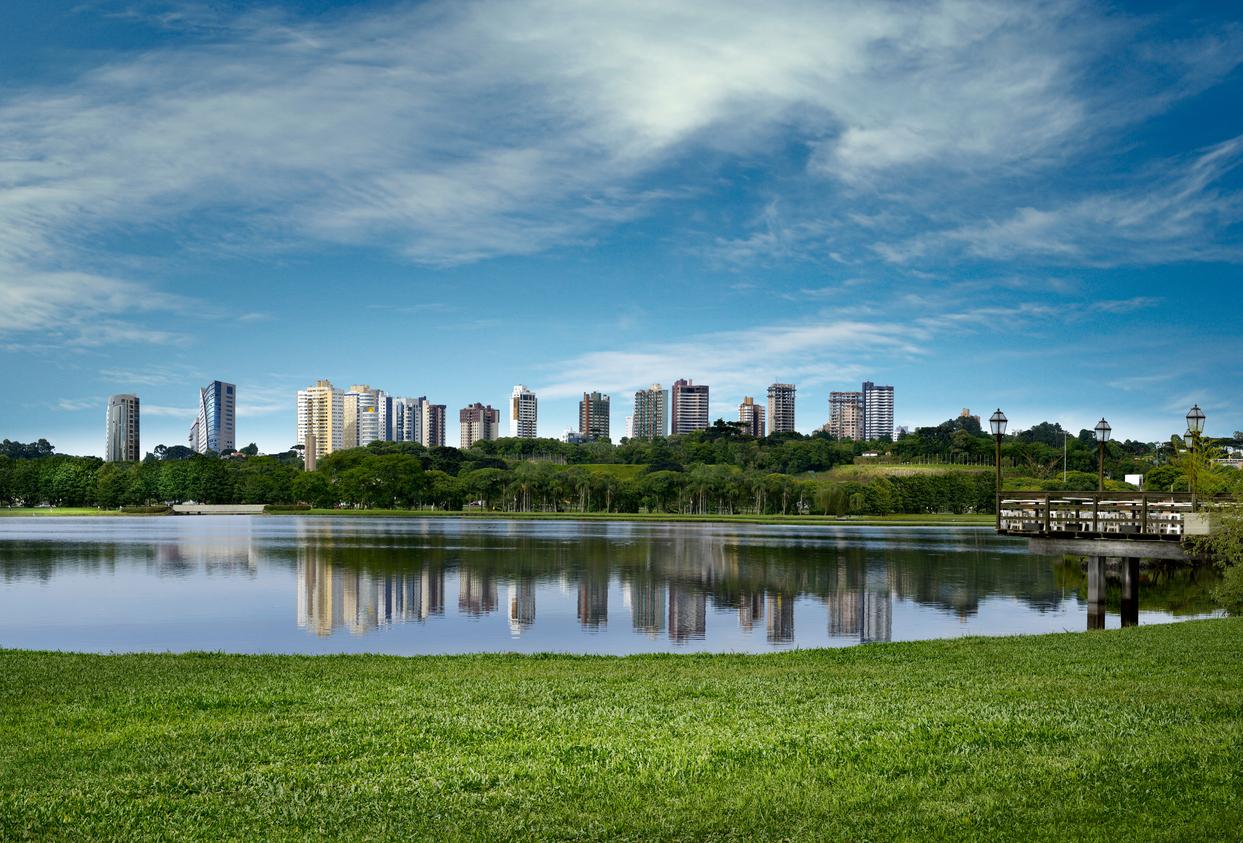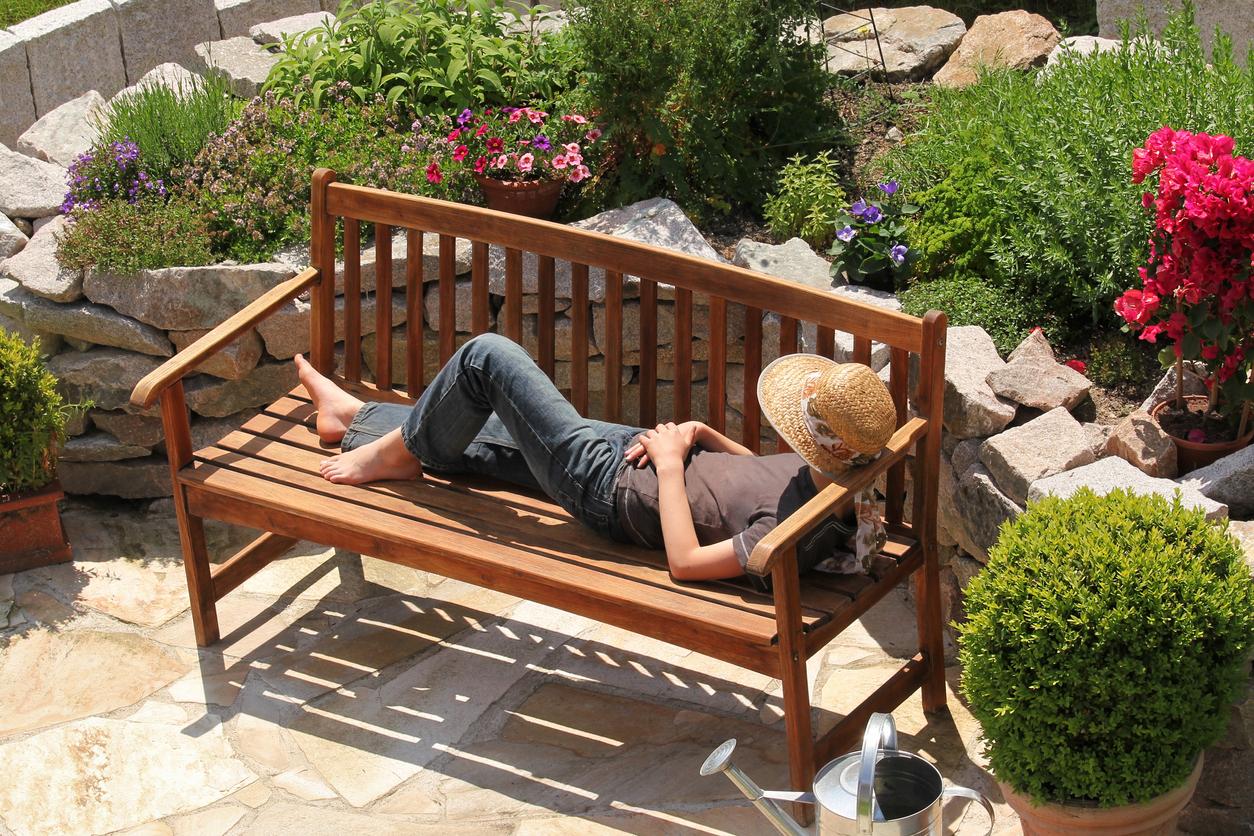Living near gardens, parks, meadows or forests can strengthen bone density.

- An increase in bone mineral density and a 5% reduction in the risk of osteoporosis was observed in people living near green spaces.
- They would be exposed to a lower risk because trees and plants act as natural filters, removing pollutants (nitrogen oxide (NO2) and PM2.5 particles).
- In addition, these patients would have more opportunities to exercise.
In France, 5.5% of the population, mainly women, are affected by osteoporosis. As a reminder, it is a diffuse skeletal disease that weakens the bones, making them fragile and susceptible to fracture. It can lead to chronic pain, reduced mobility and a deterioration in quality of life. This pathology is caused by genetic, hormonal and environmental factors. What if exposure to green spaces reduced the risk of osteoporosis? This is what researchers from Central South University (China) suggested in a study published in the journal Annals of the Rheumatic Diseases.
391,298 adults were followed for approximately 12 years
As part of this work, they analyzed the associations between the presence of greenery in residences, bone mineral density and osteoporosis, and assessed to what extent genetic susceptibility may have an influence. For this, the team used data from 391,298 people with an average age of 56, of whom just over half were women. All participants had provided information on their bone mineral density, ethnicity, annual household income, education level, employment status, area of residence, alcohol consumption, activity levels physical activity, smoking and their diet.
The volunteers’ genetic risk of osteoporosis was calculated using a polygenic risk score, and a measure, called “normalized difference vegetation index (NDVI)”, based on satellite imagery, was used. to determine the amount of green space in their residential area. Average annual exposure to pollutants, namely nitrogen oxide (NO2) and PM2.5, was estimated based on residential postcode and data from the ESCAPE project, which studies long-term effects on human health from exposure to air pollution in Europe. Each adult was followed until osteoporosis diagnosis, until death, or until March 31, 2021.
Living near green spaces increases bone density and reduces the risk of osteoporosis by 5%
According to the results, during the 12-year follow-up, 9,307 people developed osteoporosis. The latter were more often elderly, female, smokers and retired. They were also more likely to have lower levels of education and to be more economically disadvantaged.
The authors observed a link between the amount of green space and new cases of osteoporosis. The authors estimated the vegetation index by normalized difference in steps of approximately 300 meters of available residential greenery, within a range of 300 to 1,500 meters. “For every increase in NDVI, there is an increase in bone mineral density and a 5% reduction in the risk of osteoporosis,” was observed. According to the scientists, compared to adults exposed to little greenery and high genetic risk, volunteers exposed to high levels of NDVI and low genetic risk had a 56% lower risk of osteoporosis.

Osteoporosis: nitrogen oxide and fine particles involved
“The main mediators of the association between greenery and osteoporosis were identified as PM2.5 and NO2,” they reported. Indeed, several studies have shown that exposure to air pollution can produce oxidative stress, inflammation and disrupt hormones, two factors that increase the risk of osteoporosis. People living in green areas will be at lower risk, as trees and plants act as natural filters, removing pollutants. Additionally, being physically active is also associated with a lower risk of osteoporosis. “Living in areas with green space provides more opportunities to exercise!”
















